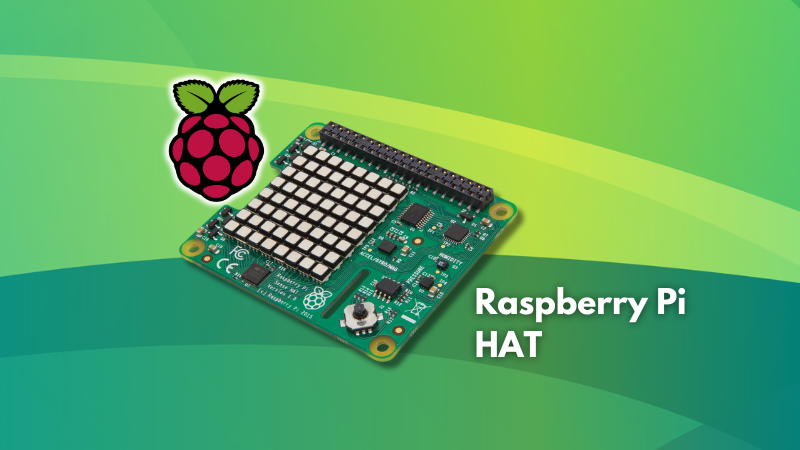Itsfoss
1M
175

Image Credit: Itsfoss
What is a Raspberry Pi HAT? What is it Used for?
- HAT stands for Hardware Attached on Top, and it's an add-on board designed to sit perfectly on top of your Raspberry Pi. HATs provide a neat, standardized way to expand your Raspberry Pi’s capabilities with things like displays, sensors, audio controllers, and even NVMe storage on Pi 5.
- Raspberry Pi HATs are electrically safe, meaning they come with an EEPROM chip that tells your Pi what hardware is connected, reducing the chances of frying your board accidentally.
- Putting your HAT on your Raspberry Pi is as easy as pie! ;) Just align the pins on the HAT with the ones on your Pi, gently press them together, and that's it! No soldering or complicated wiring required.
- The Raspberry Pi M.2 HAT+ allows you to connect M.2 peripherals like NVMe drives and AI accelerators to your Raspberry Pi 5. The Raspberry Pi PoE HAT enables your Raspberry Pi to receive power through its Ethernet port, eliminating the need for a separate power supply.
- The Sense HAT is an add-on board that provides your Raspberry Pi with sensors for monitoring pressure, humidity, temperature, color, orientation, and movement. The Raspberry Pi DAC+ is a high-quality audio HAT that connects directly to your Raspberry Pi's GPIO header.
- Inventor HAT Mini is a versatile expansion board for your Raspberry Pi. It simplifies the process of adding motors, servos, sensors, and LEDs to your projects. Picade X HAT USB-C transforms your Raspberry Pi into a retro gaming console, while the Adafruit BrainCraft HAT is for building edge-based machine learning projects.
- The Google Voice Kit v1 allows you to create a natural language recognizer and connect it to Google Assistant. Cooling HAT with OLED display comes with the cooling fan HAT with OLED display which shows the CPU and RAM usage and CPU temperature. While Pironman 5 Case With Tower Cooler and Fan is a case that houses the Pi 5 with a tower cooler and dual RGB fans.
- Before adding a HAT to your setup, carefully consider your project's specific requirements, the compatibility of the HAT with your Pi model, and the potential trade-offs in terms of power consumption and physical size.
- The possibilities are endless with HATs. So, what will you create next?
Read Full Article
10 Likes
For uninterrupted reading, download the app